Emerald: Your Lucky Charm?
What’s precious, green, and full of good luck? We’re talking about Emeralds!
Emeralds may be the birthstone of May, but how could we go through March without sharing our favorite green gemstone? In fact, it’s one of our favorite gemstones to work with at Amáli. Discovering your new favorite Emerald necklace is like finding a pot of gold!
Where to Find Emerald
Fortunately, you don’t have to follow a rainbow to find Emeralds. They’re found throughout the world in countries like Zambia, Afghanistan, the US, and Brazil. But the biggest producer of high quality Emerald is Colombia. Of course, if you can’t catch a flight to Colombia, you can find gorgeous Emeralds right here at Amáli. But let’s get to know this precious gemstone first!
One of the Four Precious Gemstones
Emeralds are one of the elite few gemstones that have earned the title “precious”. If you ask gemologists today, you’ll find quite a bit of controversy around this classification system that separates Diamonds, Rubies, Sapphires, and Emeralds from the rest of the pack. There’s really no scientific reasoning behind this system, and gemologists are all about the science!
These four gemstones are all high on the Mohs scale of hardness, but they’re not the only ones. Aquamarine, for example, comes from the same family as Emerald and is every bit as scratch resistant. Yet it’s not considered precious. These aren’t the most eye-clean gemstones, nor are they currently the most rare. If rarity was a requirement, the list would need to be updated over time.
So what makes a gemstone precious? In reality, these have been “the big four” since the 1800s, when they were universally considered the most beautiful and rare gemstones. We like to think of them as timeless. Emeralds, along with its precious friends, have been sought after for ages, and show no sign of going out of style.
Emeralds and Culture
Speaking of timeless, did you know Emeralds have been popular since Egyptian times? They were widely known to be Cleopatra’s favorite, and she even had her own personal mines. They were a display of wealth, and to this day, they are seen to represent prosperity.
The Egyptians weren’t the only people who were enamored with Emeralds. The gorgeous, green gemstone is important to many civilizations. For example, ancient Hindu texts describe a stunning city with Emerald pillars that housed the God Vishnu. In Muslim culture, the first of the seven heavens is made of Emerald. For Christians, the Emerald represents rebirth and purity. With Emerald being mined in South and Central America, the Incas and Aztecs had a strong affinity for the gem as well.
What is Emerald Good For?
Emerald is said to bring wealth and prosperity to the wearer and is even said to protect against poison. Maybe it’s your lucky charm? In addition to wealth, Emeralds are thought to provide clarity between truth and lies. Maybe keep one around on your next date!
In some cultures, Emeralds represent purity, rebirth, and a clean slate. It is a grounding crystal, representing the Earth and nature with its gorgeous green hues. Some people believe Emerald to cure physical ailments such as back pain, malaria, and even dysentery. We can’t vouch for these healing properties, but it doesn’t hurt to keep an extra Emerald around…especially when they’re so beautiful!
Emerald Inclusions
If you’re wondering who should wear Emerald, we’re a little biased. We think everyone deserves to dress like royalty! However, it’s important to consider how a gemstone will work with your lifestyle. On the one hand, Emerald is a 7.5-8 on the hardness scale, making it resilient against scratching. On the other hand, it’s not the most durable gem. How can this be? It’s all about the inclusions!
When gemstones are formed, they’re usually surrounded by other rocks, minerals, and even other gemstones. Emerald’s host rock is a pegmatite, which is formed when mineral-rich water seeps into cooling magma. With all those minerals nearby, it’s pretty common to find specks of them-known as inclusions-within the Emerald. Emeralds without inclusions are rare and typically come with a very high price tag.
We view these inclusions as added character that make each gemstone unique; however, they make your gem less durable to dropping or banging. So if you do invest in Emerald, make sure you’re ready to treat it like a delicate and valuable piece of art.
How to Style Emerald Jewelry
Emerald is known for its rich green color, which it gets from Chromium and Vanadium. However, that doesn’t mean you can only wear it with green!
Take a queue from Princess Diana and wear this around your neck with a flattering black dress. The oxidized silver will go with the black, while the 18k gold and Emeralds will surely stand out.
For something a little more ornate, try these 18k gold lattice earrings that look like they belong with the Imperial Crown Jewels. They would be absolutely stunning with billowy, silk fabrics and intricate prints.
If you love Emerald for its grounding properties, check out our carved Emerald leaf necklace that will have you feeling one with nature. In this piece, the inclusions truly add depth and character to the pendant. You can dress this one up or down and really make it your own.
These are just a few of the handcrafted Emerald pieces we offer at Amáli. They are all treated, making them less susceptible to damage. But as always, take good care of your jewelry and treat it like you would a valuable piece of art. After all, isn’t that what good jewelry is?
Recommended Articles
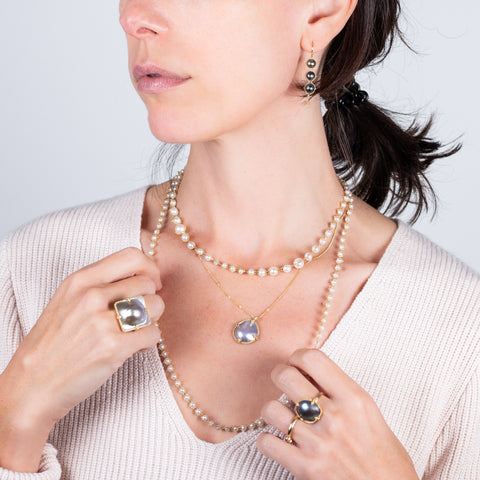

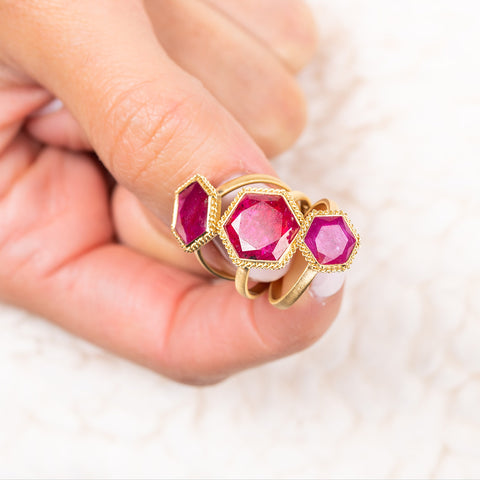
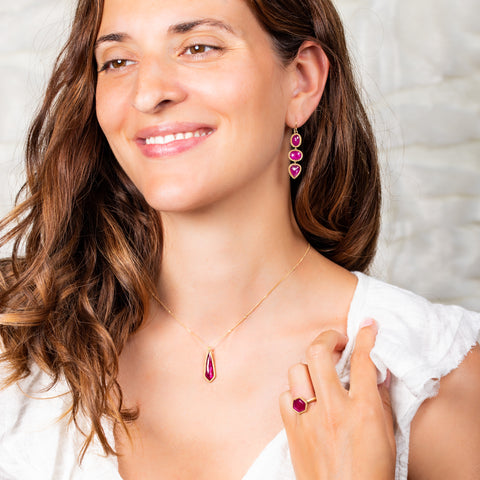
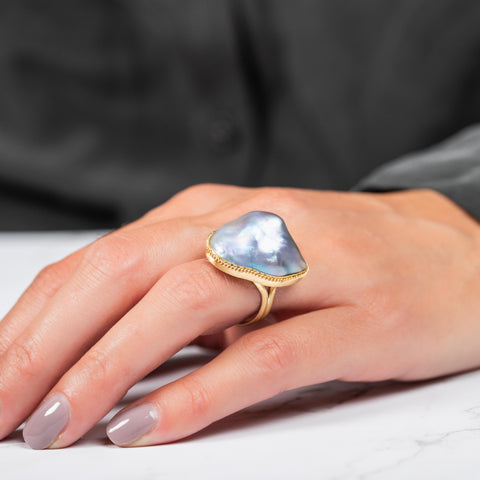

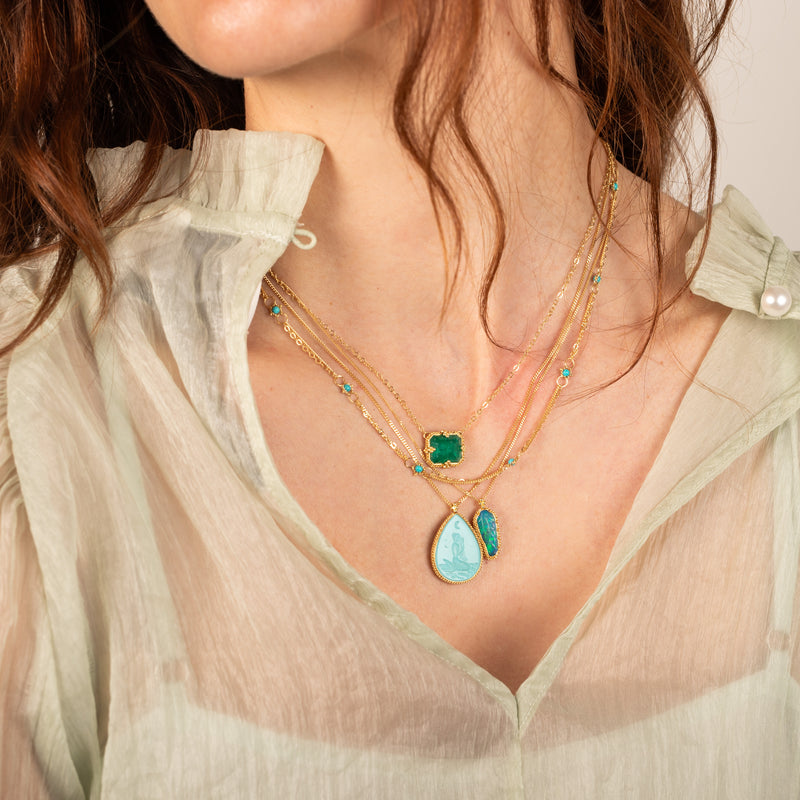




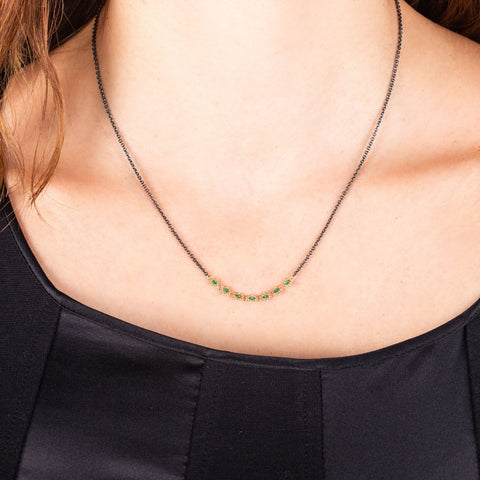
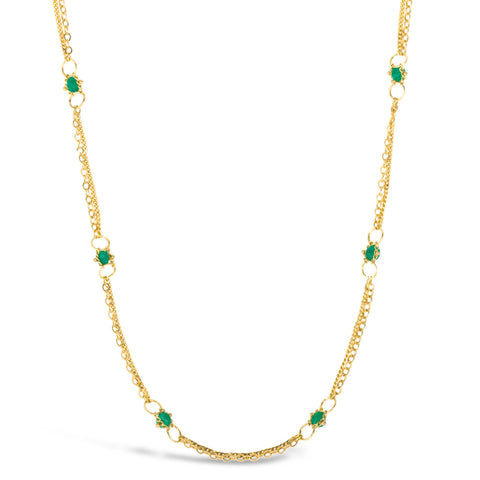

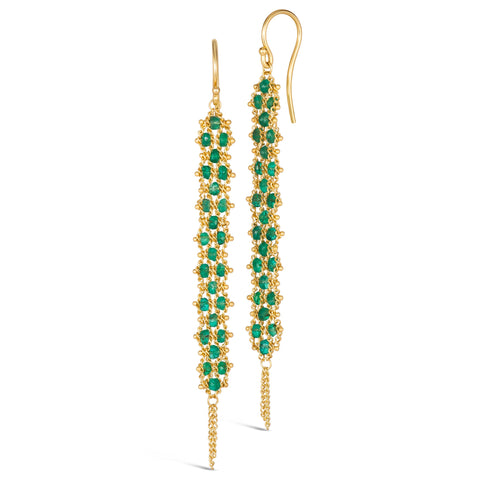

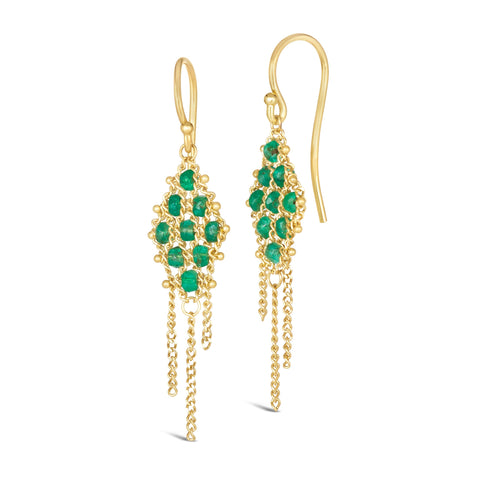




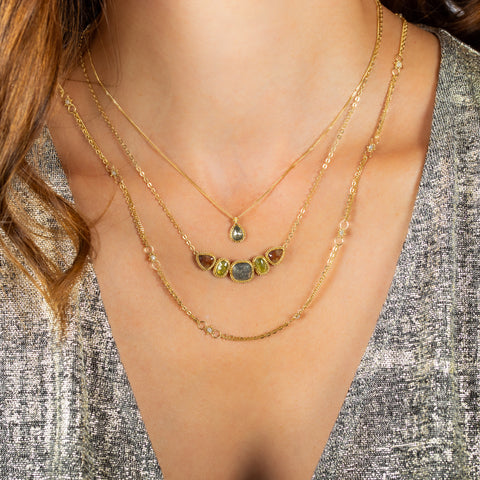


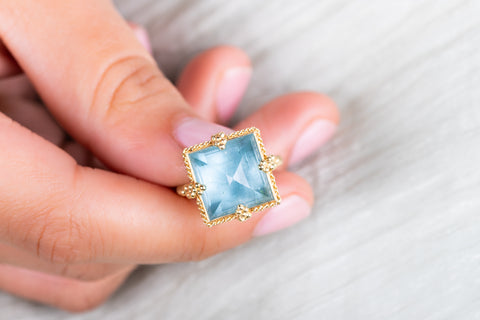
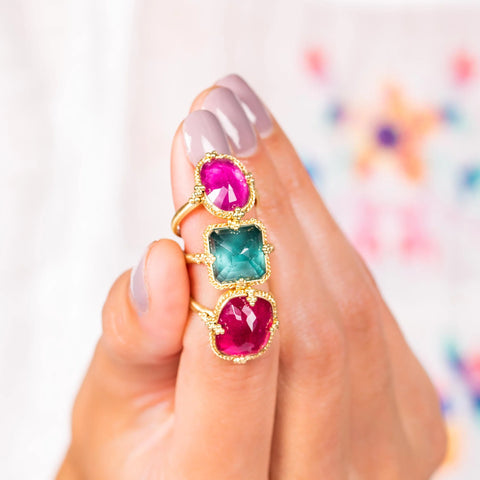
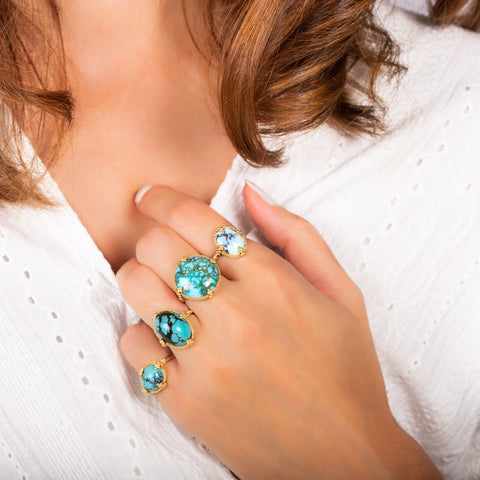
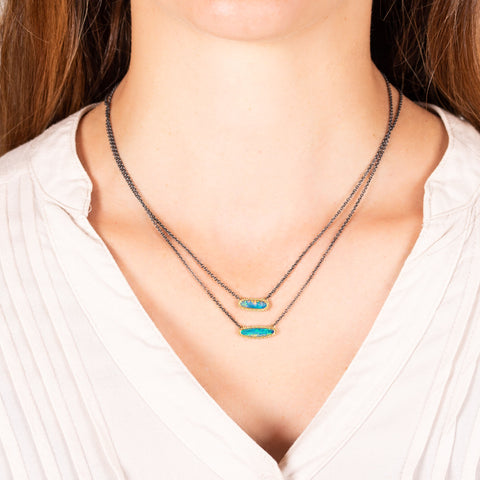
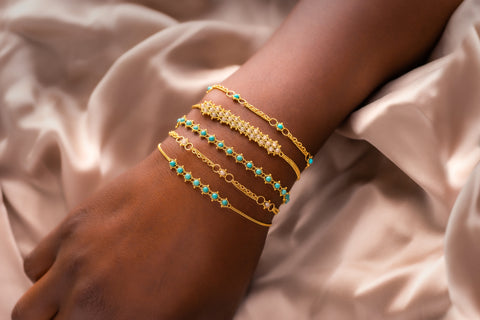

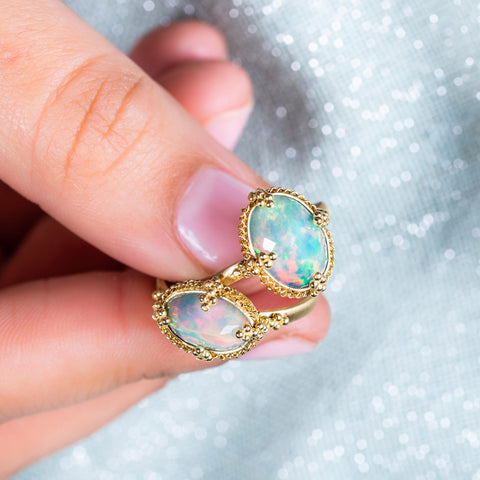

Comments (0)
There are no comments for this article. Be the first one to leave a message!